National Gardening Month: Time to clean your garden – or start one
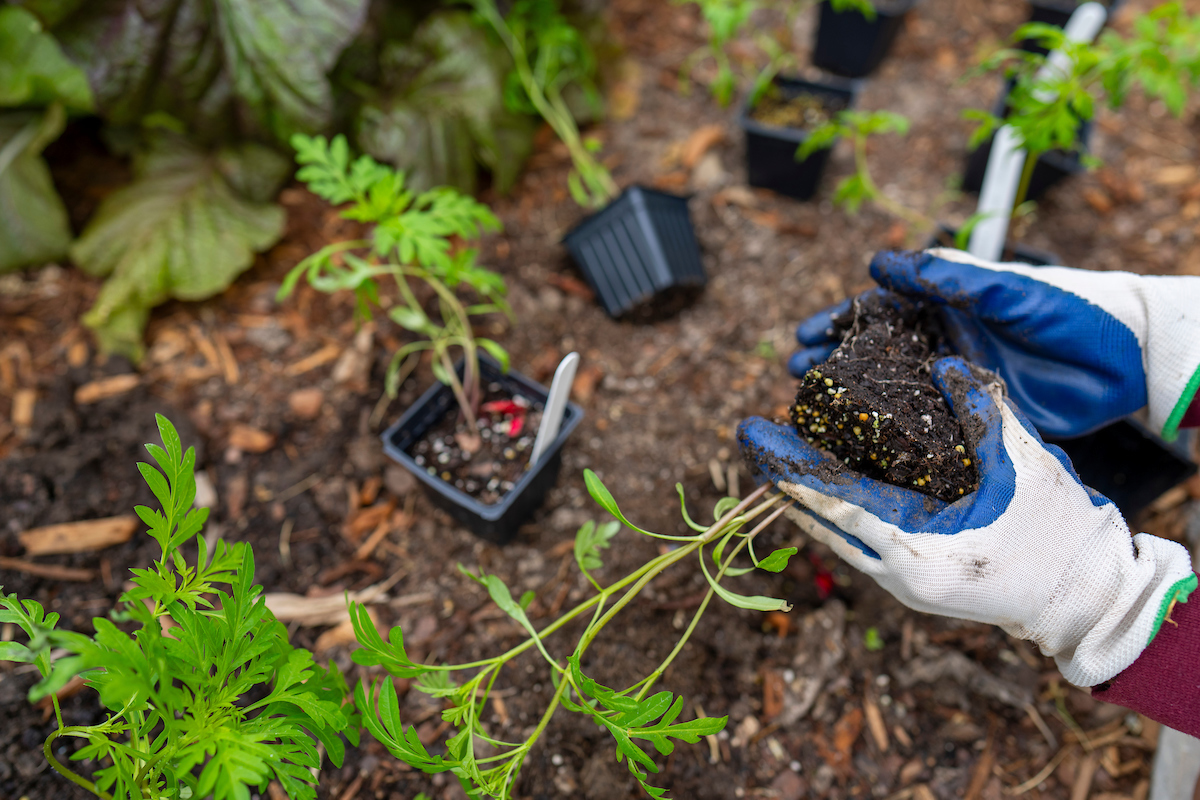
AgriLife Extension gardening guide for April
April is National Gardening Month, so if you’re not already a gardener, now is the perfect time to try your hand at developing a green thumb. Experienced gardeners, in addition to “spring cleaning,” may want to learn a new skill or expand the scope of their gardens.
“Gardening Month was created years ago as a way to encourage more folks to venture into their outdoor space,” said Larry Stein, Ph.D., Texas A&M AgriLife Extension Service horticulture specialist at Uvalde and professor in the Texas A&M College of Agriculture and Life Sciences Department of Horticultural Sciences.
“No doubt the pandemic did a lot to stimulate many people to give gardening a try and some interesting statistics have emerged from that,” he said. “About 70% of the folks who tried gardening were successful and are increasing the size of their plantings.”
Gardeners should grow what they like
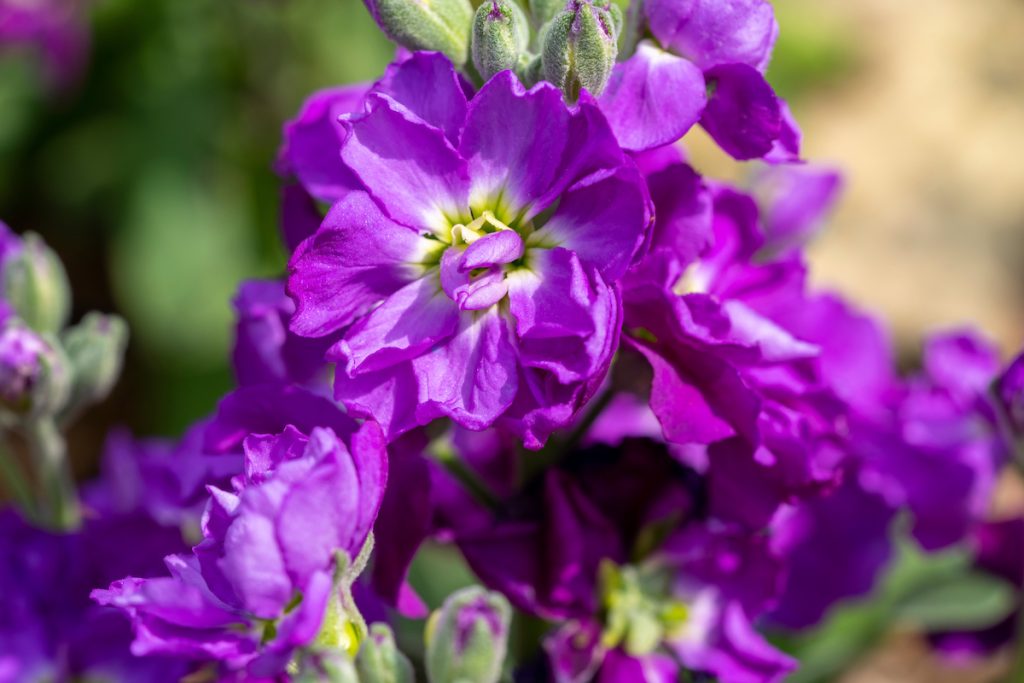
Stein said If you are ready to give gardening a try, the most important factor is to start small. He suggested a plot of 10 feet by 10 feet but no more than 20 feet by 20 feet to start. He also advised only planting what you like, whether that be vegetables you’ll want to eat, a pollinator garden to attract butterflies, or plants and flowers you find attractive.
“There is no point in using resources to grow things that aren’t appealing to you,” he said.
Stein said studies show the cost is around $70 to get started gardening and most people realize at least a $600 value from that activity. The most popular garden crop is tomato, followed by cucumber and sweet peppers.
Top Garden Tips for April
Stein offered the following tips for gardeners this month.
1. Prune spring-flowering shrubs soon after flowering. Keep the natural shape of the plant in mind as you prune and avoid excessive cutting except where necessary to control size. Wait to prune fruit trees if you’re in an area that has delayed or protracted blooms due to the lack of chilling temperatures; you’ll want to see what the final bloom/fruit set will be first. Climbing hybrid tea roses may be pruned as soon as they complete flowering.
2. Fertilize trees and shrubs. Place fertilizer at the drip line and be sure to water it in. As soon as azaleas have finished flowering, apply an acid-type fertilizer at the rate recommended. Don’t over fertilize, as azalea roots are near the surface and damage can occur. Water thoroughly after fertilizing.
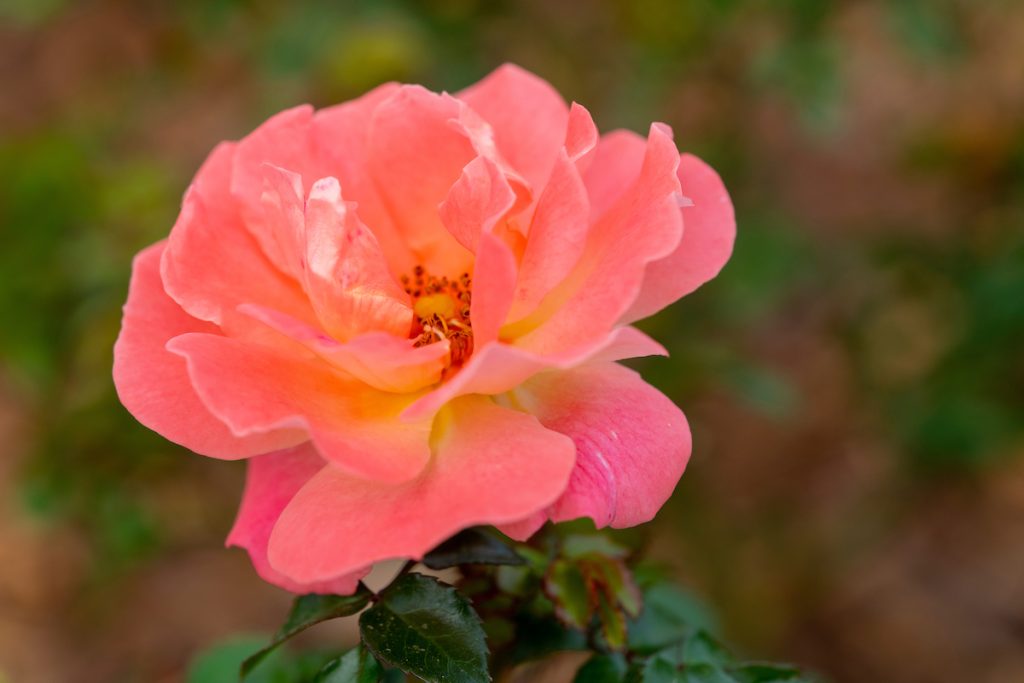
3. Care for your roses. Roses have high fertilizer requirements and need a complete fertilizer for the first application as new growth starts. Then every four to six weeks use ammonium sulfate or another high nitrogen source as the subsequent growth cycles start following a flowering cycle. Ideally, use a slow-release product. For organic sources use cottonseed, rotted manures or alfalfa meal. Rose varieties susceptible to black spot will need a spray treatment of fungus control every seven to 10 days. Many of the old garden rose varieties and some of the newer ones have considerable resistance to black spot.
4. Be prepared to battle pests. Soon bagworms will attack junipers and other narrow-leafed evergreens; control measures should be applied while the insects and bags are about one-half inch in length. Check plants’ new tender growth for aphids. A few can be tolerated, but large numbers should be controlled. Always follow label instructions on approved pesticides for control. Washing plants with a strong spray of water may sometimes be all that is necessary for adequate control. If caterpillars start to attack live oak trees en masse, it can be very alarming, but usually nothing can be done about it. A healthy live oak will usually regrow its leaves and resume normal activities.
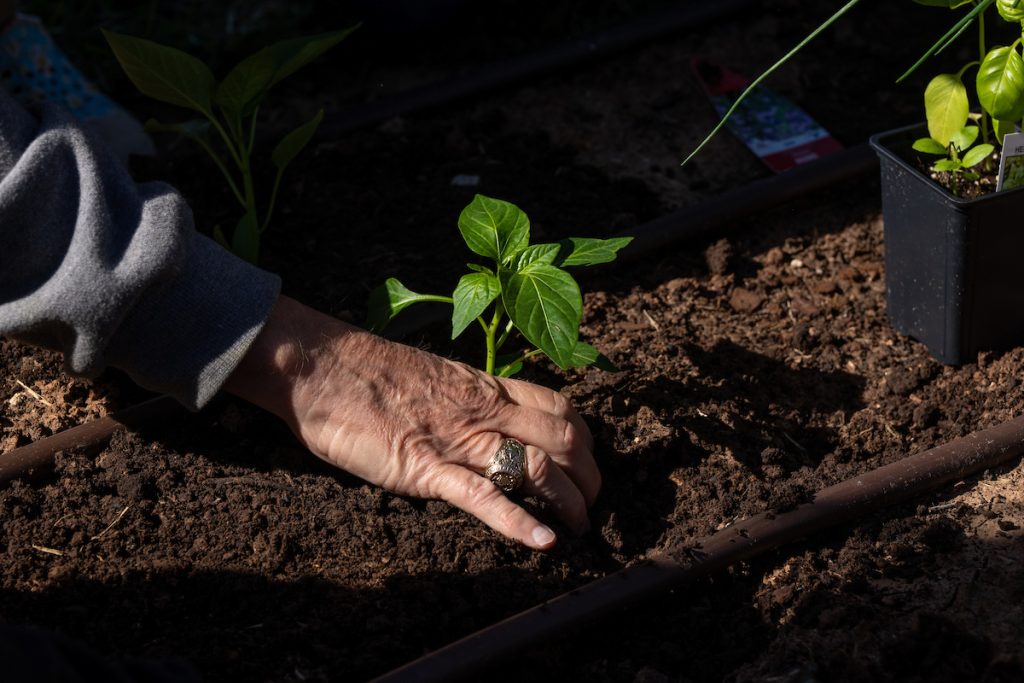
5. Sow warm-season annual ornamental seeds directly into beds. These include Amaranthus, celosia, cosmos, marigold, portulaca and zinnia. Keep seeded areas moist until seeds germinate. Thin out plants as soon as they are large enough and transplant surplus to other areas.
6. Buy annuals with buds but not open flowers. Select short, compact plants and any existing flowers should be pinched to give the plants the opportunity to become established. These annuals will provide your garden with beautiful color in no time.
Spring cleaning for you garden
Just as your house may need a thorough spring cleaning about now, so may your garden.
“Start weeding early in the flower garden,” Stein said. “Early competition with small plants can delay flowering. A mulch will discourage weed growth and make those that do come through easier to pull.”
If spring cleaning includes your indoor plants, Stein said when moving houseplants outside to be repotted, remember not to place them in direct sunlight. Tropical plants, however, usually can be placed in containers in full sunlight for a dazzling display of summer color.
For gardeners who make their own mulch, Stein suggested they continue to collect fallen leaves and catkin blooms as organic materials.
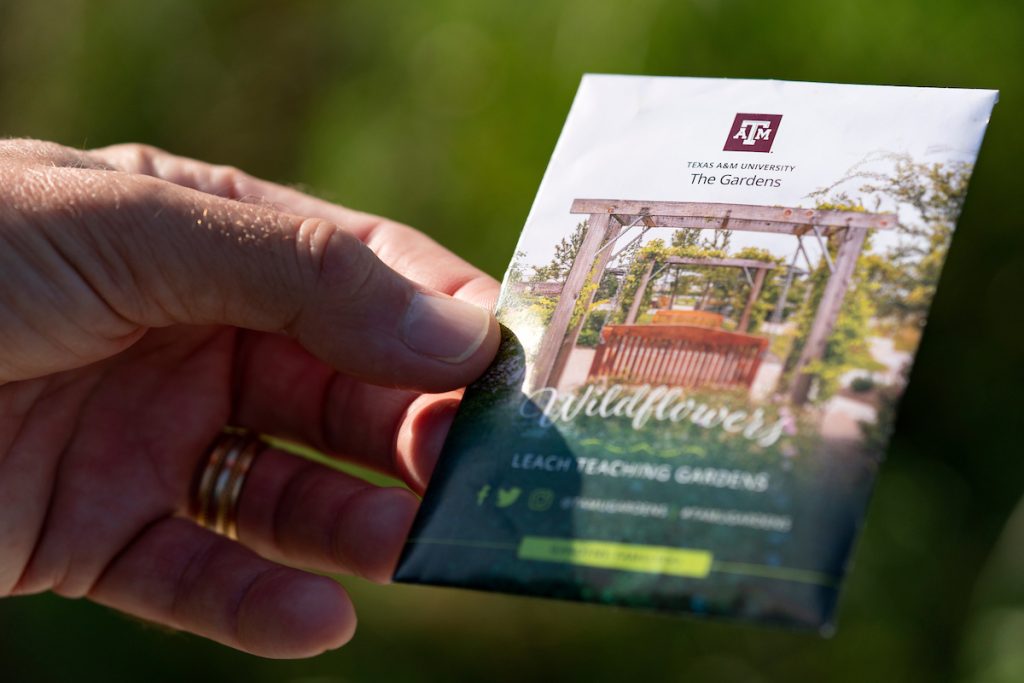
“Removing spent flowers, trimming back excessive growth, and applying fertilizer to an established annual bed can do wonders toward rejuvenating and extending the life of the planting,” Stein said.
Whether for creating new beds, replenishing beds or filling pots and containers, purchase new soil now as needed. However, Stein stressed, it needs to be examined closely.
“Often, nut grass and other weeds, nematodes and soilborne disease are brought into a yard through contaminated soil sources,” he said. “You don’t want to introduce new problems to your garden.”
Let your region’s weather and temperatures guide you on planting summer crops, Stein said. Most folks can start to plant okra, melons, lima beans and southern peas, but others may want to hold off until it warms a bit more.
“Once you’re done planting, any leftover flower or vegetable seeds can be saved for the next season by closing the packets with tape or paper clips and storing them in a sealed glass jar in your refrigerator,” he said.
TOP PHOTO: National Gardening Month is a great time for novices to try their hand at gardening or for experts to branch out. (Michael Miller/Texas A&M AgriLife)



